#BARBERINI MUSEUM
Text
Widewalls Magazine: Monet's Rediscovered Masterpiece, Le bassin aux nymphéas
Currently on exhibit at the Barberini Museum in Potsdam.
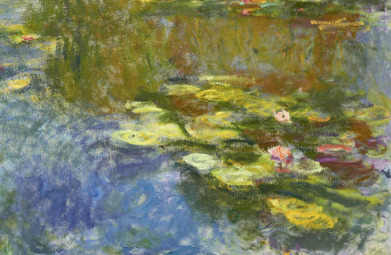
View On WordPress
1 note
·
View note
Text

#peoplematchingartworks#ernst ludwig kirchner#museum barberini#stefandraschan#photography#contemporaryart#potsdam
17 notes
·
View notes
Text

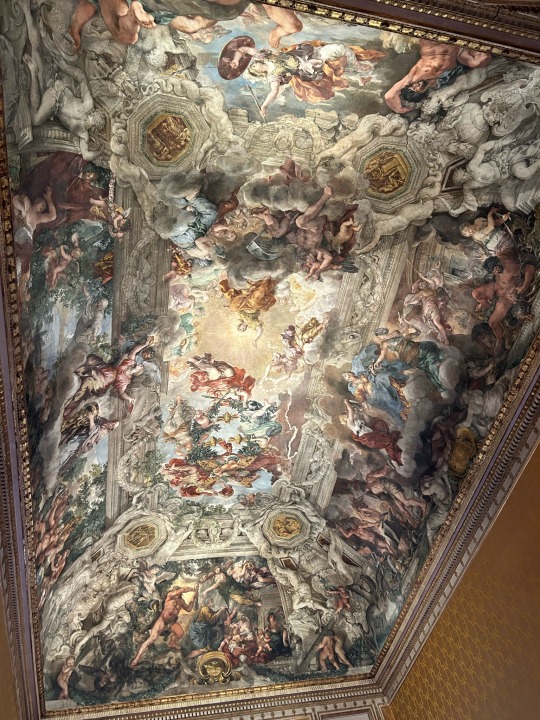
Palazzo Barberini, Rome
Feb 16, 2024
#palazzo#palazzo barberini#italia#italy#architecture#original photography#photography#travel#photographers on tumblr#lensblr#historical architecture#art history#museum#wanderingjana
14 notes
·
View notes
Photo

Barberini Faun, 220 BCE
Glyptothek, Munich
#barberini faun#glyptothek museum#glyptothek#munich#germany#europe#travel#travelling#museum#gallery#art#art history#220 bce#bce#my photos
15 notes
·
View notes
Video
A Spiral Colonnade by Henrik Sundholm
Via Flickr:
I saw this staircase inside the Palazzo Barberini in Rome, Italy.
#Palazzo Barberini#interior#architecture#colonnade#columns#staircase#spiral#window#hdr#museum#art museum#rome#roma#italy#italia#flickr
4 notes
·
View notes
Text










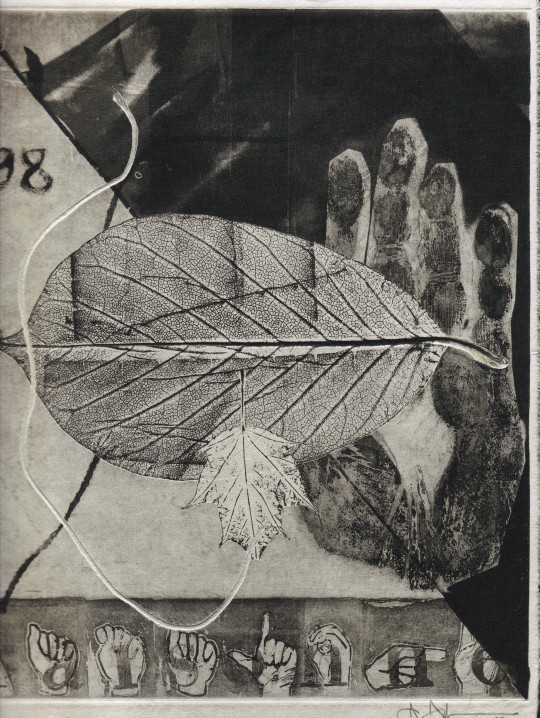

Jasper Johns The 100 Monotypes
edited by Ortrud Westheider, Michael Philipp
Prestel Verlag, München 2018, 128 pages, 24x30cm, ISBN 978-3-7913-596-2
euro 30,00
email if you want to buy [email protected]
exh.Museum Barberini, Postdam
Jasper Johns (b. 1930) is one of the leading artists of American Pop art. Well-known for his large-format paintings in bright, vibrant colors, he was also a prolific printmaker, and his graphic work puts the peintre-graveur on a par with Goya and Picasso. On the occasion of his 90th birthday on May 15, 2020, the Museum Barberini presented his most recent series, The 100 Monotypes
“Is it a flag, or is it a painting?” This was the question asked by the musician John Cage when Jasper Johns began to move abstract expressionism back to figuration in the 1950s by painting flags, numbers, targets, maps, and letters. Cage alluded to Johns’s blurring of the boundaries between reality and representation. Johns has also repeatedly addressed the dynamics of reproduction by experimenting with collage and repetition.
Since each print is unique, monotypes are more akin to painting than to printmaking. Reworking the same plates many times for The 100 Monotypes, Johns added an etched imprint of his hand and symbols of American Sign Language (ASL), as well as motifs that were important to him, such as string, stencils, and allusions to his own paintings and sculptures. The artist commented about this interaction in an interview: “I like to repeat an image in another medium to observe the play between the two: the image and the medium. In a sense, one does the same thing two ways and observes differences and sameness—the stress the image takes in different media. I can understand that someone else might find that boring and repetitious, but that’s not the way I see it. I enjoy working with such an idea.” Each monotype informs the next, thus forming part of a narrative chain that reflects Johns’s artistic practice as well as his oeuvre.
26/06/26
#Jasper Johns#100 monotypes#art exhibition catalogue#Museum Barberini Postdam 2018#fashionbooksmilano
0 notes
Text
40. Werk Claude Monets in der Sammlung Hasso Plattner
Das 1888 entstandene Gemälde Antibes von den Gärten von Salis aus wurde am 15. Mai – und damit exakt 150 Jahre nach der Finissage der ersten Gemeinschaftsausstellung der Impressionisten – durch die Hasso Plattner Foundation erworben. Das Museum Barberini begrüßt mit dem Werk das 40. Gemälde Claude Monets und den bereits dritten Ankauf im Lauf des Jubiläumsjahres in der Sammlung Hasso Plattner,…

View On WordPress
#Antibes von den Gärten von Salis aus#Claude Monet#Impressionismus#Monet-Podcast#Museum Barberini#Sammlung Hasso Plattner
0 notes
Text
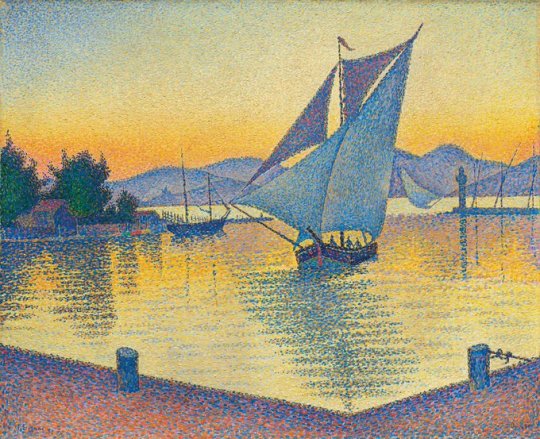
Held at the Museum Barberini in Potsdam, Germany:
Paul Signac, The Port at Sunset, Opus 236 (Saint-Tropez), 1892
Oil on canvas, 65 x 81,3 cm
Signed and dated lower left: P. Signac 92; inscribed lower right: Op 236
Inv.-no. MB-Sig-03
In 1892, Paul Signac transferred his yacht Olympia to Saint-Tropez, still an unassuming fishing village at the time, where he bought a house on the coast. He painted this composition there that same year. The application of the complementary colors violet and orange in tiny dots causes the picture to vibrate. Light is no longer featured as an atmosphere that surrounds an object but instead as stimulating particles. ~~ from the museum website.
#sunset#Paul Signac#port#impressionism#impressionist painter#Museum Barberini#SAP#art museum#Potsdam#Germany#Hasso Plattner#Saint-Tropez
1 note
·
View note
Text

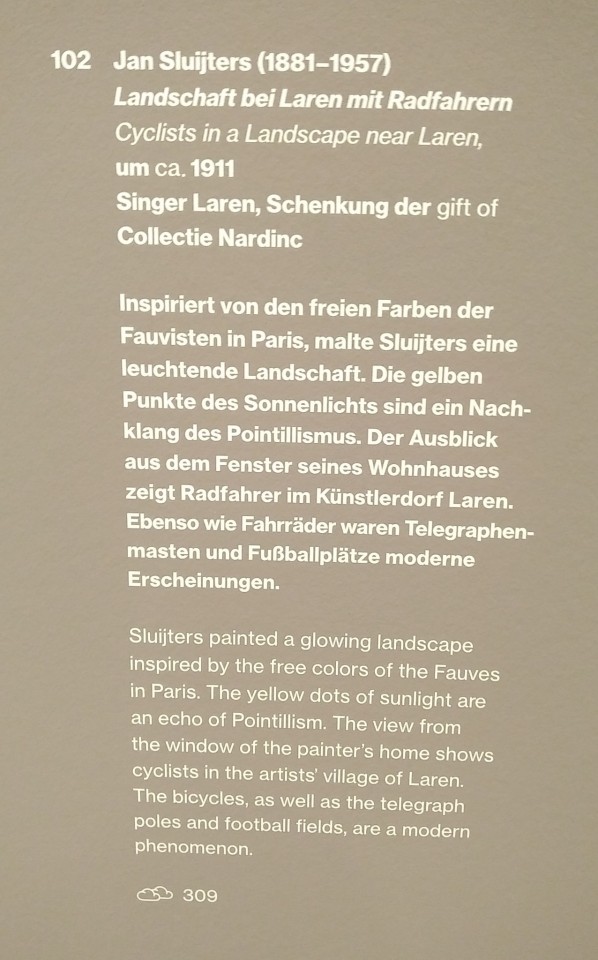
Man kann gerade noch so das Fußballfeld im Hintergrund erkennen ⚽🖌️🎨 Gemälde aus der Sonderausstellung Wolken und Licht aus dem Museum Barberini in Potsdam, wo ich heute war 😊
0 notes
Text
1 note
·
View note
Text
La jeune fille à la perle attaquée
We might have expected it: after Van Gogh's Sunflowers in London, Monet's Grainstacks in Potsdam, the climate activists of Just Stop Oil attacked Vermeer's Girl With The Pearl. And why? To stop "greenwashing" by Shell ( I found no evidence that Sh
English Summary : click here.
top
Ça y est: après les « Tournesols » de Van Gogh à la National Gallery de Londres, après les « Meules » de Monet au Musée Barberini à Potsdam, c’est à la « Jeune fille à la perle » de Vermeer que les activistes de Just Stop Oil s’en sont pris. Cela s’est passé très vite, si vite que les surveillants du musée Mauritshuis (La Haye, Pays-Bas), semblent dépassés…
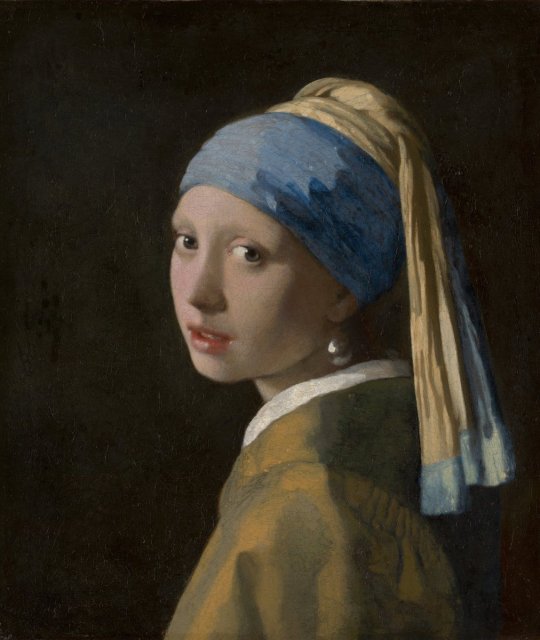
View On WordPress
#art#Girl with the pearl#Jeune fille à la perle#Mauritshuis#Museum Barberini#National Gallery#Sunflowers#Tournesols#Van Gogh#Vandalisme#Vermeer
0 notes
Photo

Da das Museum Barberini in Potsdam leider vorübergehend geschlossen ist 🥲😉, können sich einige kurzentschlossene, gerne bei uns im Café Kunstwerke einer der Top Surrealistin kostenfrei anschauen! Wir freuen uns auf euch euer Team Lindencafe‘. #museum #Barberini #kunst #surealismus #art #letztegeneration https://www.instagram.com/p/CkNtBZNDyh_/?igshid=NGJjMDIxMWI=
0 notes
Text

#peoplematchingartworks#edvard munch#museum barberini#stefandraschan#photography#contemporaryart#potsdam
72 notes
·
View notes
Text

Michael Triegel,
Persephone and Orpheus, 2012,
Museum Barberini
Potsdam Amsterdam 2019, Photo Galerie Schwind.
13 notes
·
View notes
Text







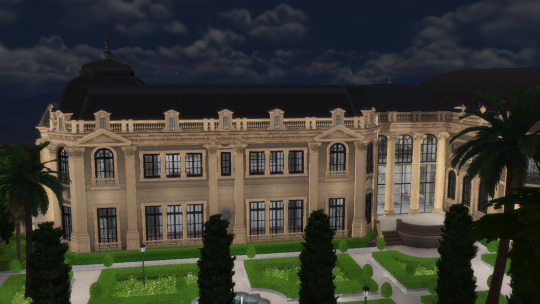

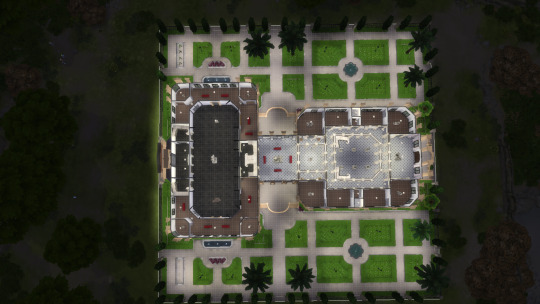
Chile National Museum of Fine Arts
Hello guys!
I leave this here. This is the chilean Museum of Fine Arts.
Some history:
The Palace of the Fine Arts (el Palacio de Bellas Artes), dates to 1910 and commemorates the first centennial of the Independence of Chile. It was designed by the Chilean architect Emile Jéquier in a full-blown Beaux-arts style and is situated in the Parque Forestal of Santiago.
The Palacio de Bellas Artes, the current home of the Museum, is in the Neoclassical Second Empire style and the Baroque Revival style, strongly reinforced with Art Nouveau details and touches of metallic structural architecture. The central entrance is through a gigantically enlarged version of Borromini's false-perspective window reveals from Palazzo Barberini, which encloses a pedimented doorway entirely surrounded by glass, a Beaux-Arts touch. Through a broken pediment the squared cupola rises to the top. The internal layout and the facade are both modelled after the Petit Palais of Paris. The glass cupola that crowns the central hall was designed and manufactured in Belgium and brought to Chile in 1907. The approximate weight of the armour of the museum is 115,000 kg, of the glass of the cupola, 2,400 kg.
Architectonically, the floorplan of the museum is one of a central axis marked by the entrance and a grand hall with a staircase to the second floor. In the grand hall, above a balcony from the second floor, there is a carving in high relief which depicts two angels supporting a shield. They are located in the semi-vault above the heads of two Caryatids that arise from the balcony, carved by Antonio Coll y Pi.
------------------------------------------------------------------------------------------
You will need a 64x64 lot and the usual CC that I use.
I took some liberties because I laked the resources to make it identical to the original.
IMPORTANT - you will need to change the usage because I allready had a family living in the lot and did not want to evict them.
I will be sharing the same building with a parliament configuration and a home configuration, so you can chose the one that fits your game :)
Please let me know if you like it and tag me if you share my buildings in your stories that I really enjoy!
Have a great day!
DOWLOAD: https://www.patreon.com/posts/86664913?pr=true
(early access: 7/28/2023)
#sims 4 architecture#sims 4 build#sims4#sims4palace#sims 4 screenshots#sims4play#sims 4 historical#sims4building#sims4frencharchitecture#sims 4 royalty#ts4 screenshots#ts4 build#ts4cc#ts4 download#ts4#sims 4#the sims 4#ts4 gameplay
58 notes
·
View notes
Photo

The Barberini Tyche
Roman, 1st century AD
Marble portrait head of tyche
The features of the goddess, a portrait, suggest she was a woman of high status. Her finer details include centrally parted wavy hair bound in a plait at the back and surmounted by a mural crown of three towers each with an arched opening; spiral locks of hair fall down her neck. Probably also a personification of a city, possibly Rome, the head sits on a 17th century bust of Egyptian alabaster and Italian Porta Santa marble with a plinth of Bianco e Nero marble.
Musée d'Art Classique de Mougins.
The MACM, the Mougins Museum of Classical Art.
#The Barberini Tyche Roman 1st century AD#marble#marble bust#marble statue#archeology#archeolgst#ancient artifacts#history#history news#ancient history#ancient culture#ancient civilizations#roman history#roman empire#roman art
39 notes
·
View notes